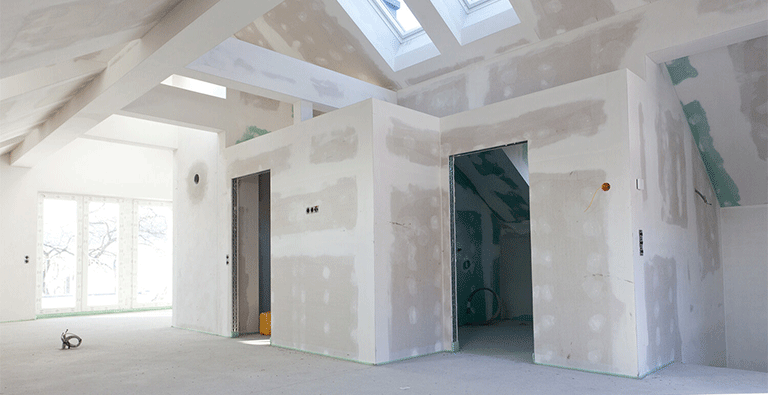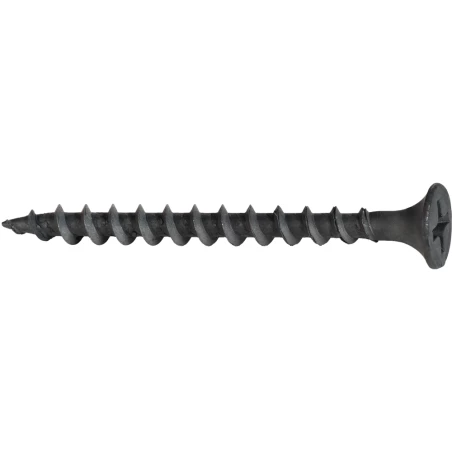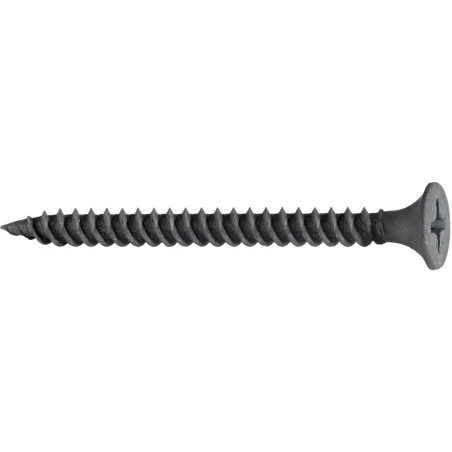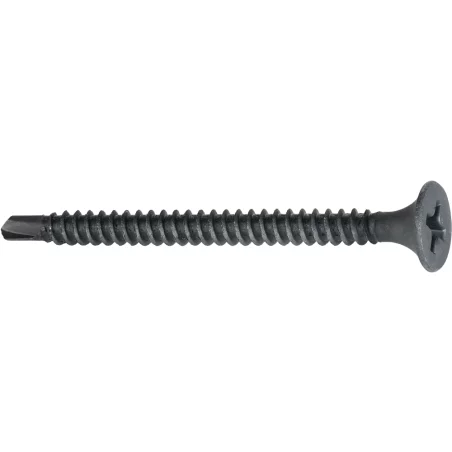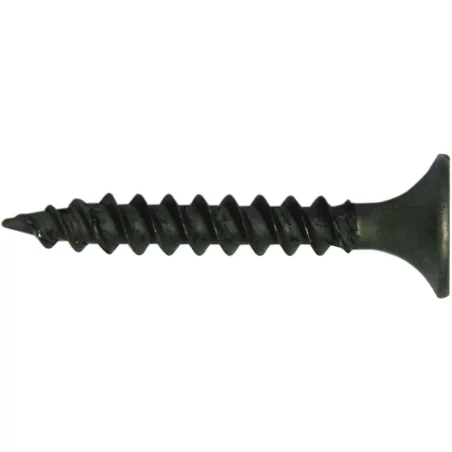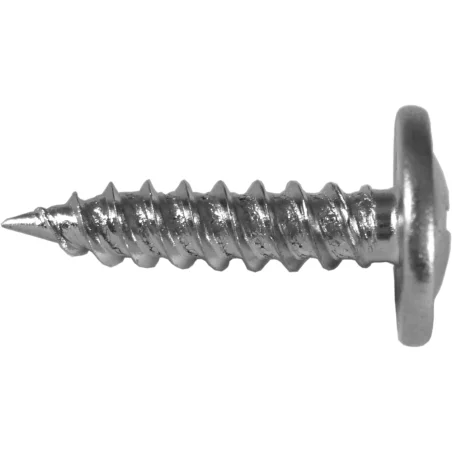Drywall screws are typically used to secure drywall to framing or wall studs. They are designed with a sharp point and a tapered shank that allows them to be easily driven into drywall without causing it to crack or split.
When it comes to installing drywall boards, using the correct type of screws is vital for the assembly resistance. Choosing which ones to use, though, can be difficult, since there are different sizes, shapes and styles that you can benefit from depending on what fixings need to be carried.
If you are wondering exactly what screws to use for drywall installations, make sure to keep reading to find out how you can ensure a better, more secure finish throughout your project.
How do I choose drywall screws?
There are several factors that should be taken into account when thinking about which screws you should be using in drywall installations. However, some of the most important are to do with the thread type and the application of the screws. Below we go through some of these in more detail.
Drywall screw threads
There are several factors that should be taken into account when thinking about which screws you should be using in drywall installations. However, some of the most important are to do with the thread type and the application of the screws. Below we go through some of these in more detail.
Coarse Thread: The most common thread type for drywall screws is coarse thread. These threads are larger and deeper than fine threads and are designed to provide a strong grip in the wood framing.
Fine Thread: Fine thread drywall screws are designed for use with metal studs or framing. The threads on these screws are smaller and more tightly spaced than coarse thread screws, allowing them to grip the harder metal more effectively.
Drywall board fixings
The screws commonly used to attach drywall boards to framing are called drywall screws. They are specifically designed for use with drywall and have a number of features that make them ideal for this application.
Drywall screws typically have a bugle-shaped head that sits flush with the surface of the drywall and helps to prevent tearing or damage to the surface. They also have a sharp, pointed tip that allows them to penetrate the drywall and the frame without cracking it.
The special hardened coarse thread drywall screw SSG with PH 2 recess is ideally suited for fixing plasterboards to wooden framework. Thanks to the countersunk trumpet head you achieve flush finishing in the building material and easy covering/plastering.
The self-tapping fine thread drywall screw SSF with PH 2 recess is designed to fix plasterboard boards to aluminium profiles with a thickness up to 0,8 mm. Thanks to the countersunk head you achieve flush finishing in the building material and easy covering/plastering.
The fast drill point drywall screw SSB with PH 2 recess is ideally suited for fixing plasterboards to metal reinforcing framework up to 2,25 mm, as the special Teks-drill tip can easily drill through thicker metal sheets. Thanks to the countersunk trumpet head you achieve a flush finishing in the building material and easy covering/plastering.
Drywall board joining
When joining two drywall boards together, it’s important to use screws that are specifically designed for this application.
When joining two drywall boards together, it’s important to ensure that the screws are driven in straight and evenly spaced to avoid creating a bump or uneven seam. Additionally, it’s important to avoid overdriving the screws, which can cause the drywall to crack or break. By selecting the appropriate screws and following proper installation techniques, you can create a strong and seamless joint between two drywall boards.
Insert product banners with:
The special hardened drywall screw GGS with PH 2 recess is ideally suited for fixing drywall to drywall. The larger screw diameter of Ø 5 mm and the coarser thread ensure high grip between the plates. Thanks to the countersunk head you achieve flush finishing in the building material and easy covering/plastering.
Metal frame joining
Metal frame joining screws are specialised screws designed for attaching metal framing. They are used in place of traditional wood screws or drywall screws because metal framing requires a different type of fastener due to its hardness and tendency to resist the penetration of traditional wood screws.
Metal frame joining screws typically have a finer thread than wood screws and a sharp point to help them penetrate the metal framing. They also have twinthread that allows them to grip the metal framing more securely.
The screw also has a flat head so that it is flat against the plasterboard. This is because the plasterboard is installed in the same frame “face” as the screws. If the screw head were different e.g. a pan head then the board could be damaged or not be well aligned with others.
The metal framing screw PVS is a special drywall screw for connecting two metal frame profiles of a thickness of max. 0,8 mm each.


